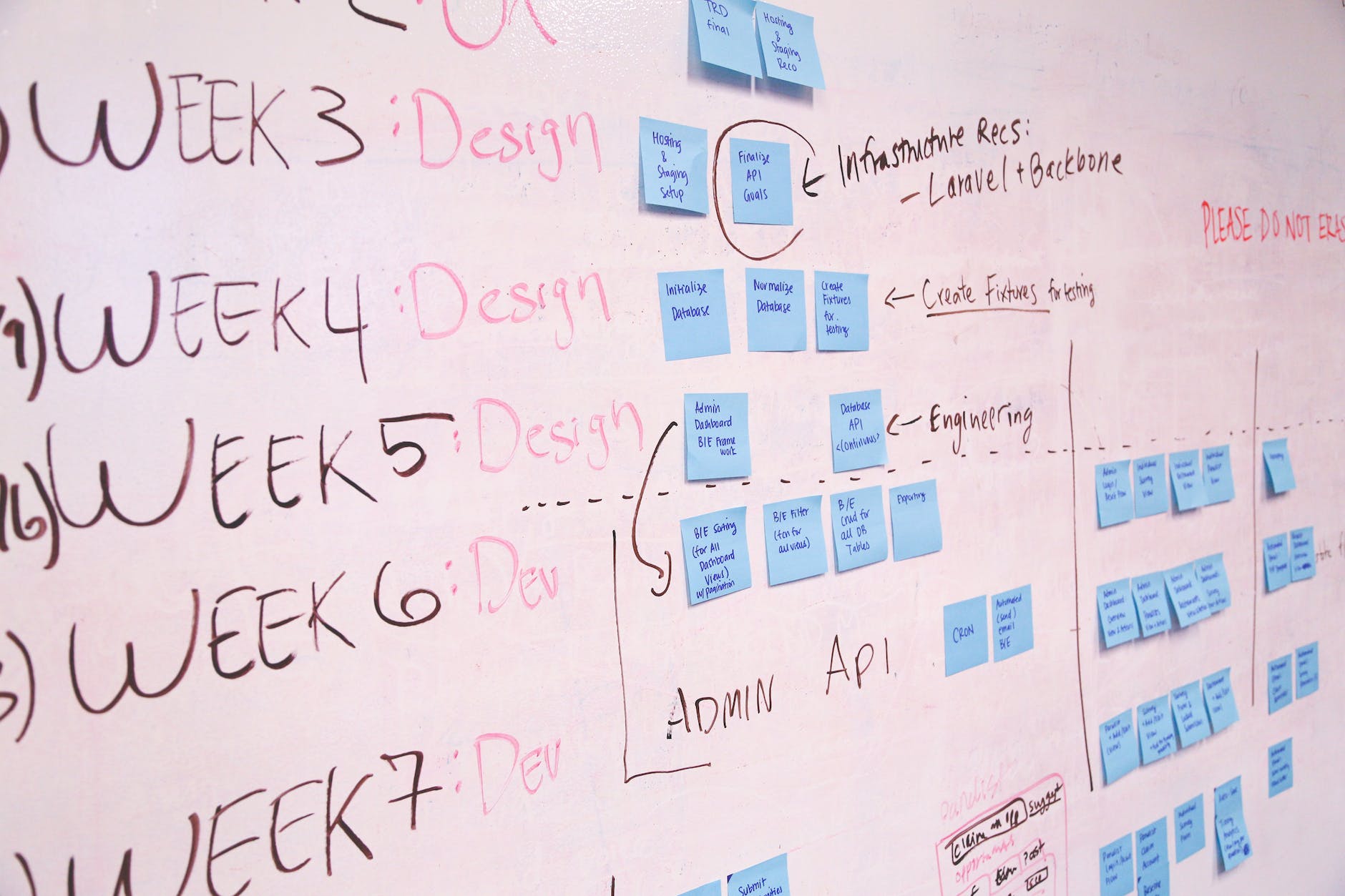
Getting started is the hardest part, sometimes. People with ADHD often face difficulties with complex problems or tasks that require sustained attention and organization.
Multi-step tasks can feel so overwhelming that people with ADHD get discouraged and shut down or avoid them all together.
However, there are effective strategies for breaking down projects. You can simplify the mission at hand and develop a systematic approach to problem-solving. Here are some strategies to help:
-
- Do a brain dump by writing down everything you need to do in a dedicated location.
-
- Identify the most critical steps that must be done first by ranking them with a 1, 2, or 3.
-
- Use imposed deadlines to establish urgency.
-
- Rewrite your list with only items that you assigned a 1.
-
- You should have 1-3 top actionable items for you to get started.
By prioritizing tasks, and emptying a cluttered mind, individuals can allocate their attention and resources effectively. Use due dates to dictate the order of your tasks. This will relieve stress, and help you to stay on track toward achieving the desired outcome.
2. Break down the problem into smaller, more manageable parts:
-
- Prioritize what needs to be accomplished today.
-
- Estimate how long each step will take.
-
- Set a realistic schedule with structured breaks built into your agenda.
-
- Place a clock or timer in your field of view.
-
- Focus on one component at a time.
Writing down what you need to do is essential to accomplishing any goal. Whether you jot it down on paper, on a whiteboard, or on your phone, this approach will help to organize your workflow. Celebrate the small victories of checking things off your to-do list!
-
- Use mind maps, diagrams, or flowcharts to visually represent the problem and solutions.
-
- Develop a color coding system to organize information and make connections.
-
- Draw or doodle to help with understanding and recalling information.
-
- Use emojis or icons to digitally plan your strategy on note-taking platforms like Notion.
This technique is best for visual learners. Creating a visual structure aids in understanding the interconnections between different elements, and can help identify potential solutions or alternative paths.
4. Develop a systematic approach:
-
- Establish a step-by-step process that you can reproduce.
-
- Use a system that works for you i.e., checklists, templates, calendars.
-
- Promote organization and save time by optimizing your workspace.
-
- Don’t give up, patience and perseverance will take time.
Creating effective habits takes practice. Once you commit to the process and become consistent, you will experience greater success and productivity.
5. Seek support and collaboration:
-
- Meet with a coach, mentor, or trusted friend to hold you accountable.
-
- Be open to feedback, and gain fresh perspectives and additional insights from others.
-
- Use a body double to keep you productive.
-
- Work in a public space i.e., a library or coffee shop with others who are quietly engaged.

Collaborating with others has a high rate of return!
Accessing a broader range of resources and expertise allows for growth and creative solutions. Collaborative problem-solving provides brainstorming and input that just might be the answer to you getting unstuck!The chunking of tasks is a powerful strategy for individuals with ADHD to overcome the challenges of multi-part problems and projects. Prioritizing tasks, setting clear goals, and breaking down the problem into manageable parts, can alleviate feelings of overwhelm and improve focus and productivity.Visual representations and systematic approaches further enhance organization and understanding, while seeking support and collaboration brings fresh perspectives and valuable input.
Conclusion
By implementing these strategies, people with ADHD symptoms can approach challenges with confidence, tackle them with ease, and achieve greater success. Remember, with practice and perseverance, breaking down tasks becomes a valuable skill that makes you feel accomplished. Start your next project knowing you have the tools to hack it.
Sources: Mayo Clinic



